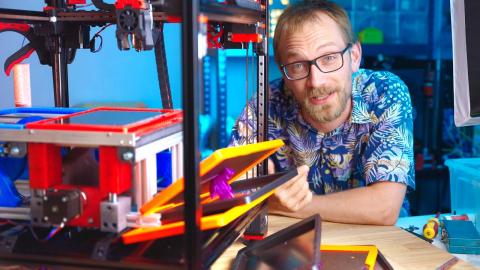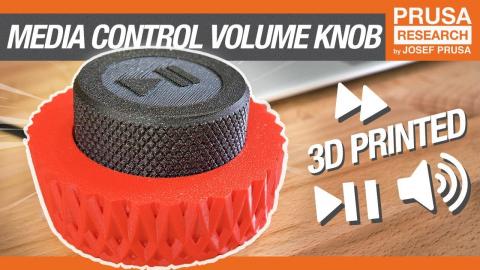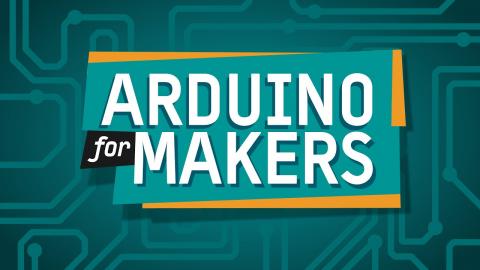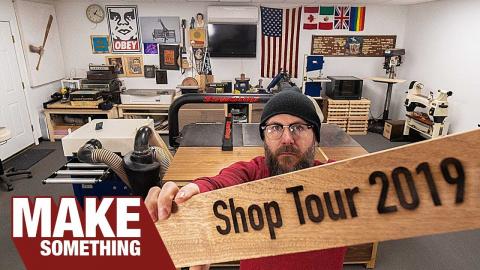Fully Automated Dust Collection powered by Arduino // How To
Description
I made a new dust collection system and FULLY automated it using an Arduino Uno!!
Subscribe to my channel: http://bit.ly/1k8msFr
Second Channel: http://bit.ly/iltms-2
MORE PROJECTS, POSTS AND EVENTS
http://www.iliketomakestuff.com
TOOLS & SUPPLIES:
https://kit.com/iliketomakestuff/fully-automated-dust-collection
https://kit.com/iliketomakestuff/my-woodworking-tools
https://kit.com/iliketomakestuff/shop-safety-gear
Code: https://github.com/iliketomakestuff/iltms_automated_dust_collection
Want to support ILTMS? Get exclusive content and more...
http://www.iliketomakestuff.com/patreon
BUY A SHIRT, STICKER, DIGITAL PLANS and MORE!!
http://www.iliketomakestuff.com/store
FOLLOW:
http://twitter.com/iliketomakestuf
http://www.twitch.tv/iliketomakestuff
http://instagram.com/iliketomakestuff
http://facebook.com/iltms
In my new shop, I hadn't properly set up my dust collection system. With this blank slate, I had an opportunity to improve on my older automated system that worked off a key pad. I wanted the ability to simply turn on a tool and the dust collector would fire up and all the blast gates to close like they should.
In a shop with many tools, there are valves that can isolate the suction to help improve air flow, the more tools you have, the more gates you would have to close in order to use one tool. With the help of an Arduino micro controller, I was hoping to automatically control these gates and have the DC turn on and off with the tool.
There are commercially available systems that do this, but they are expensive and don't offer a way to add additional IoT functions later. Eventually, I'm hoping to connect the system to other sensors set up around the room to make the ultimate workshop of the future!
I started by laying out the pipes that would connect the DC to each tool in the most efficient way. I found some drainage piping at Lowe's which was much cheaper than traditional PVC pipe. Because the walls of this drainage pipe were thinner than regular PVC, most of the blast gates and fittings wouldn't connect. Josh designed and 3d printed a bunch of adapters to connect the whole system together. After connecting all of the tools to the pipes and fittings, we played it safe and added a ground wire from one of the pipes to an existing ground wire in the basement. This is said to prevent static buildup which could be dangerous in a dusty environment, so I added it just in case.
With the ducting in place, I focused on the sensors that would read the amperage spike when each tool is turned on. I made a housing that the tools would plug into to receive power and also connect to the voltage detector that connects to the Arduino. Once you turn on a tool, an amperage spike is detected and an input signal tells the Arduino to shuttle the appropriate blast gates and to trip the relay that controls the DC. The blast gates are controlled by a servo mounted on a bracket that swings an arm connected to the gate. When the servo moves, the arm pushes or pulls the gate open or closed.
There are a lot of components to this system so managing all of the wires, plugs, connectors, and servos was very important. All of the connecters were pinned and protected with heat shrink, all of the wires were bundled and labeled, and the servos were dialed in to make sure the gates weren't hitting any hard stops.
The system works great except for one component that kept giving us trouble. The 15 amp relay that was controlling the dust collector would fail after a few days. After some research, I discovered that they were a bit underpowered for the 2 horsepower DC. I have ordered a beefier relay and when we get it hooked up and working, it'll be listed here. If you want the Arduino code for I made for this project, you can find it here.
I hope this project inspires you streamline your workflow and find ways to improve efficiency in your shop or home. If you liked this type of project, check out the others on the channel!













